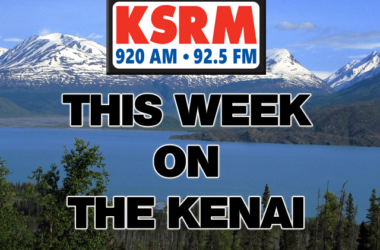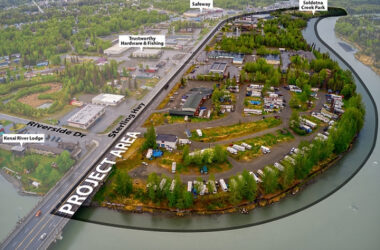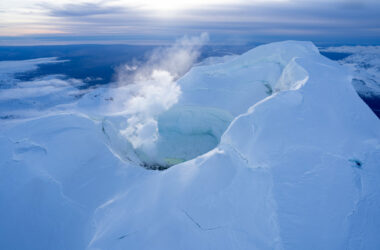The last treatment of Elodea herbicide was set for spring 2015, but did the warm winter have an effect on the invasive species’ growth?
Chumley: “There has been people who have gone out with ice augers and pulled up to see water samples to make sure that the product is in the water column it needs to be and this year honestly with the clearer weather we’ve had it seems that the product has worked very well because that bright green elodea has not come up during the monitoring in a couple of those lakes, so when they’re pulling samples they’re not finding live elodea at this time.”
That was Janice Chumley of the Cooperative Extension of Alaska who said that the last treatment’s schedule depends on when the ice is out of those three lakes.
Chumley: “That’s the key component right there, as soon as the ice goes out and the water temperature are correct, there is ongoing monitoring to insure that the parts per million that are required to kill elodea is not exceeded and so as that monitoring allows, yes hopefully it can go in and get rid of that plant because of the whole idea is not to control it, it’s to eradicate it.”
As we previously reported, Daniels Lake, Beck Lake, and Stormy Lake are the only ones found to have been infested by Elodea and the herbicide treatments began last year.






